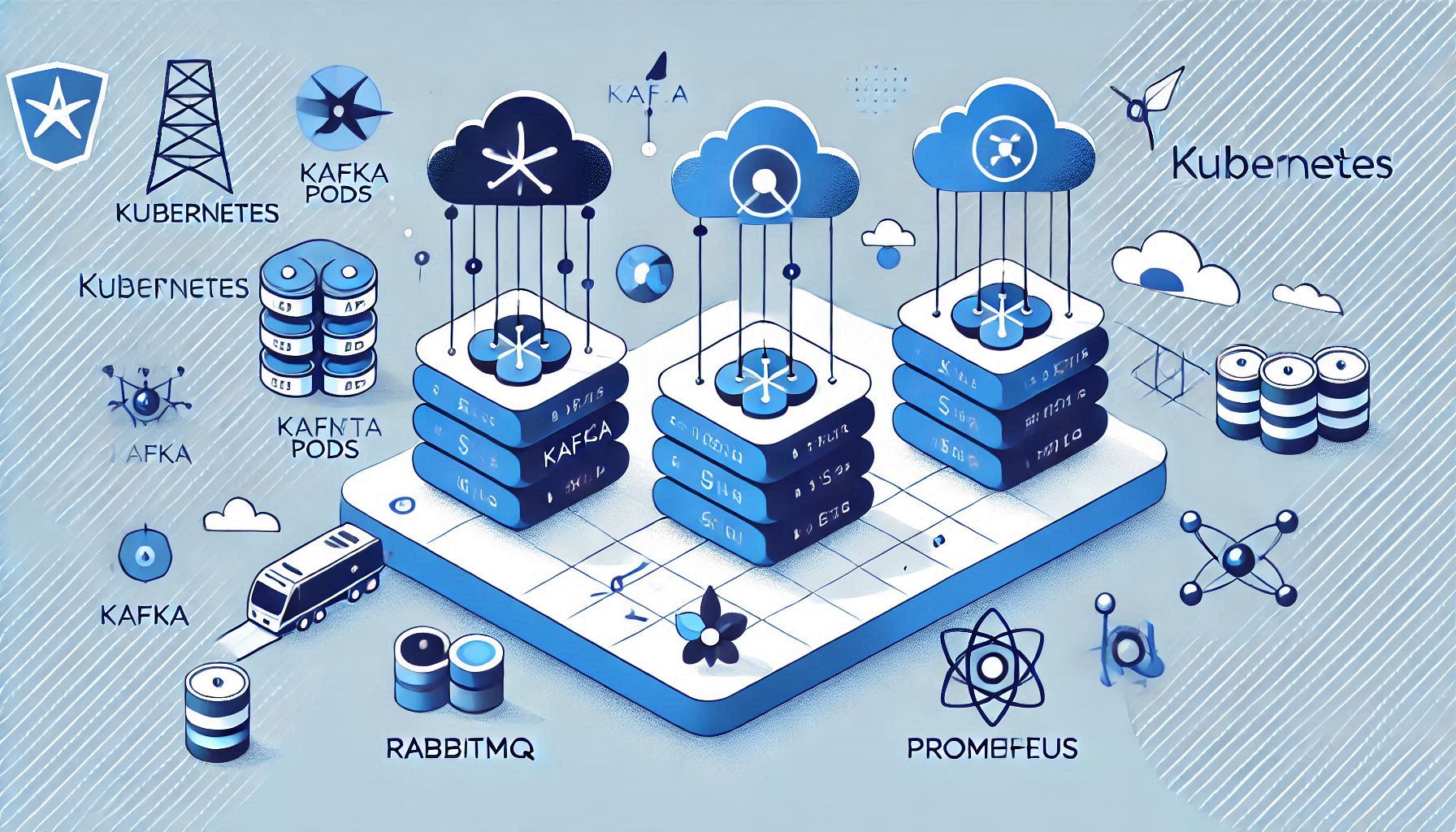Kubernetes Event-Driven Autoscaling (KEDA) is an open-source project designed to extend Kubernetes’ native scaling capabilities. It allows workloads to scale based on custom metrics or external event sources, enabling efficient resource utilization and cost savings in event-driven architectures.
TL;DR
KEDA is a lightweight Kubernetes component that adds event-driven scaling to Kubernetes workloads. By leveraging external event sources like Kafka, RabbitMQ, Prometheus, and more, KEDA adjusts the number of replicas dynamically, ensuring applications scale in real-time to meet demand.
What is KEDA?
KEDA is a Kubernetes component that enables event-driven autoscaling. It works as a Kubernetes operator and integrates with Kubernetes Horizontal Pod Autoscalers (HPA). While Kubernetes natively supports scaling based on resource metrics like CPU and memory, KEDA expands this by adding support for custom metrics and external event sources.
Key Features
Easy Integration: Works with existing Kubernetes workloads and Horizontal Pod Autoscalers (HPA).
Event-Driven Scaling: Scale workloads based on events such as messages in a queue, HTTP requests, or metrics.
Custom Metrics Integration: Leverage external metrics for fine-tuned scaling decisions.
Lightweight: Operates as an add-on without disrupting Kubernetes’ core functionalities.
Supports Multiple Triggers: Works with various external sources, including Kafka, RabbitMQ, AWS SQS, Azure Monitor, Prometheus, and more.
Multi-Scaler Support: Handles multiple triggers simultaneously for complex workloads.
How Does KEDA Work?
KEDA introduces a custom resource definition (CRD) called ScaledObject that defines how workloads should scale. It monitors external event sources and triggers scaling based on predefined thresholds.
Key Components:
- Scaler: Connects to external event sources (e.g., Kafka, RabbitMQ) and monitors metrics or events.
- Metrics Adapter: Publishes metrics from external sources to Kubernetes for use in scaling decisions.
- ScaledObject: A Kubernetes resource that defines scaling rules, including triggers, thresholds, and targets.
Example Use Case
Imagine you have a microservice that processes messages from a Kafka topic. When message traffic spikes, the service needs more replicas to handle the load. Here’s how KEDA can manage this:
YAML Configuration for a Kafka Trigger:
apiVersion: keda.sh/v1alpha1
kind: ScaledObject
metadata:
name: kafka-scaler
spec:
scaleTargetRef:
apiVersion: apps/v1
kind: Deployment
name: kafka-consumer
triggers:
- type: kafka
metadata:
bootstrapServers: "kafka-broker:9092"
topic: "event-topic"
consumerGroup: "event-group"
lagThreshold: "10"In this example:
- KEDA monitors the Kafka topic
event-topic. - If the message lag exceeds 10, it scales the
kafka-consumerdeployment automatically.
Benefits of KEDA
Efficient Resource Usage: Scale workloads up or down based on demand, avoiding over-provisioning.
Cost Optimization: Only use resources when required, reducing infrastructure costs.
Event-Driven Architecture Support: Ideal for workloads where demand is driven by external events.
Seamless Integration: Works with existing Kubernetes deployments without requiring major architectural changes.
Supported Event Sources
KEDA supports a wide range of event sources, including:
- Message Brokers: Kafka, RabbitMQ, AWS SQS, Azure Service Bus
- Monitoring Tools: Prometheus, Azure Monitor
- Cloud Services: AWS CloudWatch, Google Cloud Pub/Sub
- Custom Metrics: Extend KEDA’s functionality to suit your needs.
For a complete list, refer to the official documentation.




